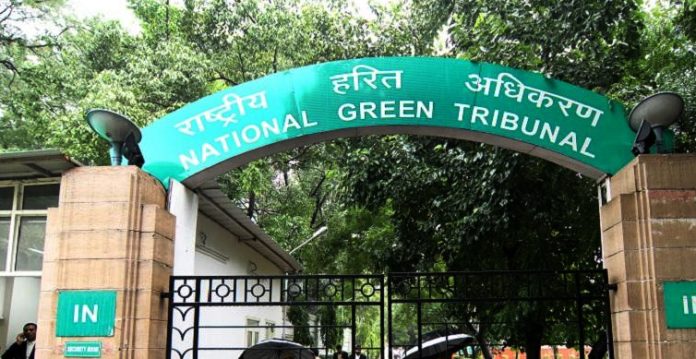According to a recently released report by the National Green Tribunal (NGT), Musi is Telangana’s most polluted river.
Nagole was also named the most polluted location in the report. According to a Telangana State Pollution Control Board report on polluted stretches, high levels of coliform were discovered in the river, as well as imbalanced levels of dissolved oxygen (DO) and biological oxygen demand (BOD).
The National Green Tribunal used 26 different locations and eight parameters to monitor the Musi, Godavari, Krishna, Manjeera, Maneru, and Kinnersani rivers. DO, pH, conductivity, BOD, total coliform, free ammonia, boron, and SAR were among them (Sodium Adsorption Ratio). The survey was carried out between January and June of 2022.
Other stretches include Hyderabad to Nalgonda (Krishna, Musi), Gowdicherla to Nakkavagu (Manjeera), Gandilachapet to Sevalal Thanda (Nakkavagu), Palvancha (Kinnersani), Warangal to Somanpally (Maneru), Basara to Khammam (Godavari), Thangadi to Wadapally (Krishna).
Nagole had the highest levels of pollutants among the 26 locations surveyed, with a BOD of 18 mg per liter, low dissolved oxygen (DO) levels of 0.3 mg/l, coliform levels of 1600 mpn/100 ml, and conductivity of 1,395 millisiemens/centimeter (mS/cm), indicating that the water is unfit for human and animal consumption.
The amount of oxygen required to extract waste organic matter from water is referred to as BOD. It is found in all living things. The ability of water to conduct electric current is referred to as conductivity. The term coliform refers to the level of disease-carrying organisms in the water.
The Mancherial-Kothagudem stretch, on the other hand, was a linear bed hotspot of pollution in the Godavari due to mining activities. Similarly, Karimnagar was a climate hotspot as a result of mining activities. The mining belts in Godavari and Musi were high radiation temperature zones, which influenced climate change by making the region more susceptible to cloudbursts over time.
(This story has been sourced from a third-party syndicated feed, agencies. Raavi Media accepts no responsibility or liability for the text’s dependability, trustworthiness, reliability, and data. Raavi Media management/ythisnews.com reserves the sole right to alter, delete or remove (without notice) the content at its absolute discretion for any reason whatsoever.)







